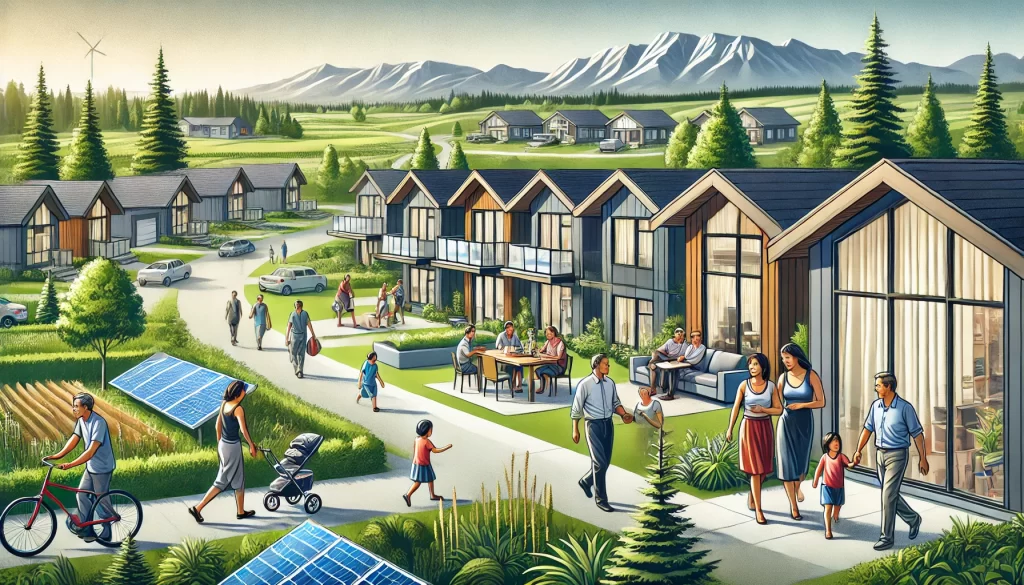Understanding the Shift Towards Multi-Generational Homes in Canada
The concept of multi-generational living, where multiple generations of a family reside under one roof, is experiencing a significant resurgence in Canada. This trend, deeply rooted in cultural values and economic considerations, is redefining how Canadians approach housing. As the cost of living rises and the importance of family bonds strengthens, more families are opting for homes that can accommodate grandparents, parents, and children together.
In Canada, multi-generational homes are not just a practical solution to housing affordability; they also reflect the nation’s diverse cultural fabric. Many immigrant families, who traditionally value close-knit family units, find this living arrangement particularly appealing. As a result, the demand for homes designed to cater to the needs of different age groups is on the rise. This trend is reshaping the Canadian housing market, driving architectural innovations, and prompting new government policies.
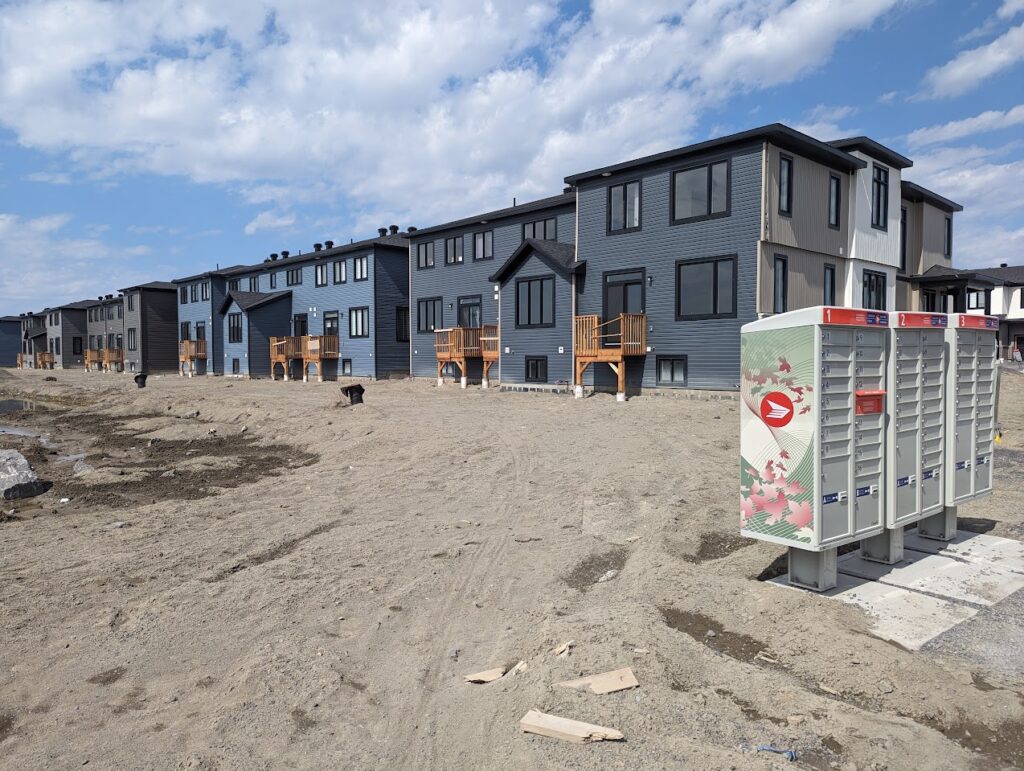
In this article, we will explore the factors driving the rise of multi-generational homes in Canada, the unique architectural features that make these homes functional and comfortable, and how Canada’s approach to multi-generational living compares to global trends. By understanding these dynamics, we can gain insight into the future of housing in Canada and beyond.
The Cultural and Economic Factors Behind Multi-Generational Living in Canada
The rise of multi-generational homes in Canada is driven by a combination of cultural values and economic realities. In many Canadian households, especially those with immigrant backgrounds, living with extended family is a deeply ingrained tradition. These families often prioritize maintaining close ties across generations, seeing it as a way to provide mutual support and preserve cultural heritage. This is particularly evident in communities with strong family-centric traditions, such as those of South Asian, Middle Eastern, and East Asian descent, where multi-generational living is a norm rather than an exception.
Economically, multi-generational living offers significant advantages. With the cost of housing continuing to soar in many Canadian cities, pooling resources to purchase a single property becomes an attractive option. This arrangement allows families to share expenses, reduce individual financial burdens, and make homeownership more attainable. Furthermore, the ability to share caregiving responsibilities among family members — whether for young children or elderly relatives — adds another layer of economic benefit by potentially reducing the need for external caregiving services.
In comparison to other countries, Canada’s multi-generational housing trend is both similar and distinct. While countries like Italy and Japan have long embraced multi-generational living due to their cultural practices, Canada’s approach is heavily influenced by its multicultural population and the unique economic pressures of its housing market. In the United States, for instance, multi-generational living is also on the rise, but it tends to be driven more by economic necessity than cultural tradition.
In contrast, countries in Europe, such as Sweden and Germany, have seen less of a shift toward multi-generational homes, largely due to different social and economic frameworks that support independent living across generations. However, as Canada continues to grow as a multicultural society, its approach to multi-generational housing reflects both a blend of traditional practices and adaptations to modern economic challenges.
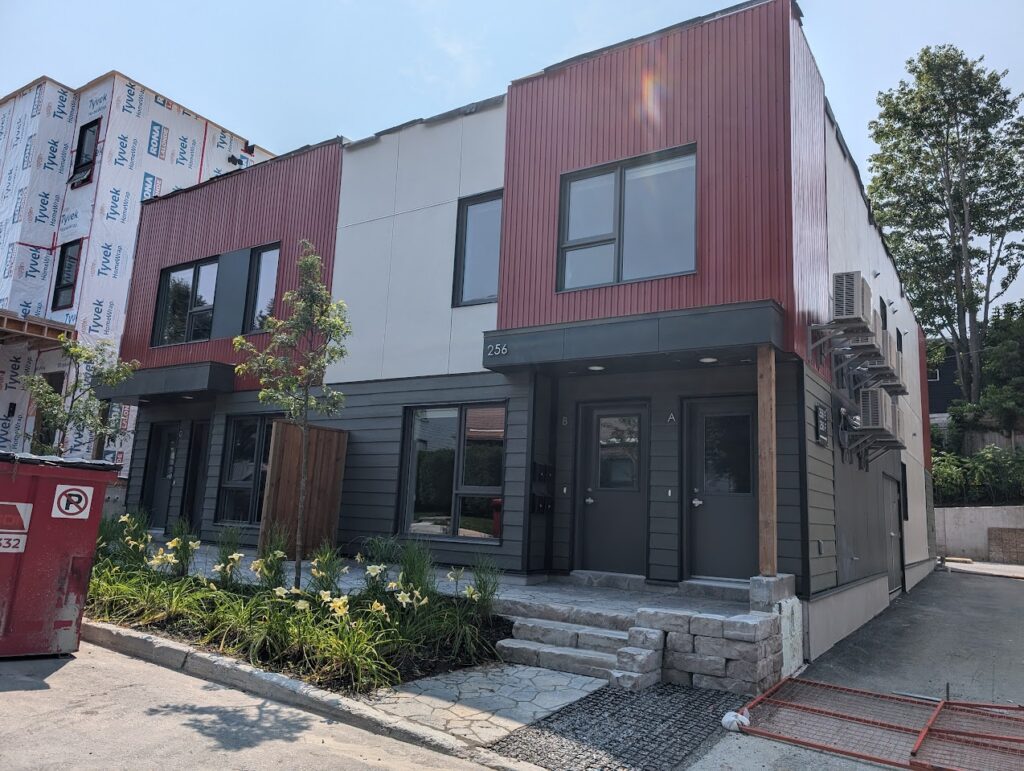
Architectural and Design Innovations in Canadian Multi-Generational Homes
As the demand for multi-generational living increases, architects and designers in Canada are responding with innovative solutions that balance the needs of privacy, comfort, and shared living spaces. Canadian homes designed for multiple generations are becoming increasingly sophisticated, incorporating features that cater to the unique dynamics of extended family life.
One of the most notable design trends in multi-generational homes is the inclusion of flexible living spaces. These spaces can easily adapt to the changing needs of a family, whether it’s creating a private suite for aging parents or an independent living area for young adults. For example, many homes now feature separate entrances, additional kitchens, or even entirely self-contained units within the same property. These “home-within-a-home” designs allow for autonomy while still keeping the family under one roof.
In addition to flexibility, privacy is a critical consideration in the design of multi-generational homes. Architects are increasingly incorporating soundproofing, strategic room placement, and separate outdoor spaces to ensure that family members can enjoy their own space without feeling cramped or intruded upon. At the same time, shared spaces like large kitchens, dining areas, and living rooms are designed to facilitate family gatherings and daily interactions, fostering a sense of togetherness.
Another important aspect of these homes is accessibility. As Canada’s population ages, the need for homes that can accommodate elderly family members with mobility issues is growing. This has led to the integration of features such as wider doorways, ramps, elevators, and barrier-free bathrooms. These elements are seamlessly incorporated into the design, ensuring that the home remains functional and aesthetically pleasing for all generations.
In contrast to other countries, where multi-generational living may focus more on tradition or economic necessity, Canadian homes are also embracing green building practices. Sustainability is becoming a key factor in the design of these homes, with energy-efficient appliances, solar panels, and eco-friendly materials being used to create homes that are not only comfortable and functional but also environmentally responsible.
This blend of innovation, practicality, and sustainability is what sets Canadian multi-generational homes apart. These homes are not just about housing multiple generations under one roof but are designed to enhance the quality of life for everyone involved, making them a model for other countries to follow.
Government and Community Support for Multi-Generational Living in Canada
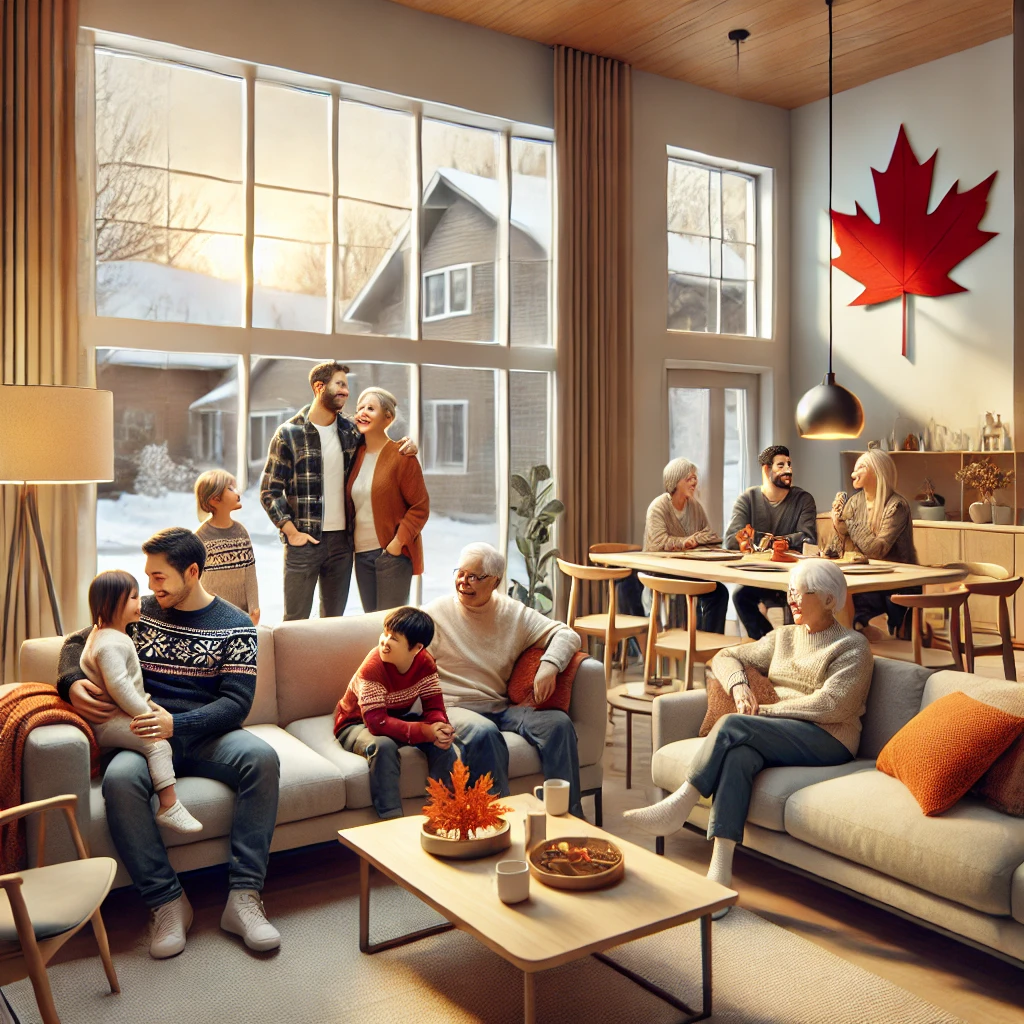
The rise of multi-generational homes in Canada is not only a response to cultural and economic factors but also a result of growing support from both government and community organizations. Recognizing the benefits of multi-generational living, Canadian policymakers, urban planners, and developers are increasingly focusing on initiatives that make this lifestyle more accessible and sustainable for families.
At the governmental level, various policies and incentives have been introduced to encourage the development and purchase of multi-generational homes. For instance, some provinces offer tax credits or rebates for families that renovate their homes to accommodate additional family members, such as creating an in-law suite or a basement apartment. These incentives aim to ease the financial burden of adapting existing homes or building new ones that meet the needs of multiple generations.
In addition to financial incentives, zoning laws in many Canadian cities have been adjusted to allow for the construction of multi-generational homes. These changes include permitting secondary suites, laneway houses, and coach houses, which are smaller, self-contained living units that can be added to existing properties. Such adjustments provide more flexibility for families who wish to live together while maintaining separate living spaces within the same property.
Community organizations and developers also play a significant role in supporting multi-generational living. Some non-profit organizations offer resources and support to families considering this type of living arrangement, including advice on home design, financing, and navigating municipal regulations. Developers, on the other hand, are increasingly designing and marketing homes specifically for multi-generational living, recognizing the growing demand for such properties. These homes often come with built-in features that cater to the needs of different generations, from accessible designs for seniors to flexible spaces for growing families.
Case studies from across Canada highlight the success of these initiatives. For example, in Vancouver, the city’s focus on sustainable urban development has led to the creation of neighborhoods that support multi-generational living through a mix of housing types and community resources. In Ontario, government-backed programs have helped many families retrofit their homes to accommodate aging parents, reducing the need for long-term care facilities and keeping families closer together.
While Canada’s approach is progressive, it also serves as a model for other countries grappling with similar housing and demographic challenges. By supporting multi-generational living through a combination of government policies, community initiatives, and innovative housing designs, Canada is helping families maintain their bonds while addressing the practical realities of modern life.
Comparing Canadian Multi-Generational Homes to Global Trends

Multi-generational living is a practice that extends beyond Canada’s borders, but the approach taken within the country has unique characteristics that set it apart from global trends. While countries around the world have embraced multi-generational homes, often driven by cultural norms or economic pressures, Canada’s strategy reflects its diverse population, progressive policies, and focus on sustainability.
In many Asian countries, such as India and China, multi-generational living is deeply embedded in cultural traditions. These societies often place a strong emphasis on family unity and filial piety, where living with one’s parents and even grandparents is considered a duty and a privilege. Homes in these regions are typically designed with large communal spaces and separate quarters for different family members, reflecting the hierarchical structure of the family unit. However, these homes may not always incorporate modern amenities or privacy features to the same extent as those found in Canadian multi-generational homes.
In contrast, European countries like Italy and Spain also have long-standing traditions of multi-generational living, but the practice is often rooted in economic necessity. Particularly in rural areas, families live together in large, ancestral homes that have been passed down through generations. These homes are often less about modern design and more about preserving family heritage and property. Unlike in Canada, where new homes are being built with multi-generational needs in mind, European multi-generational homes tend to be older, with adaptations made over time to accommodate changing family dynamics.
In the United States, the trend towards multi-generational living has been growing, primarily driven by economic factors such as the high cost of housing and healthcare. However, the design and construction of homes specifically for multi-generational living are less prevalent compared to Canada. Instead, many American families opt for home renovations to create additional living spaces for aging parents or returning adult children. The U.S. has also seen an increase in the popularity of “mother-in-law” suites or accessory dwelling units (ADUs), which are similar to Canada’s laneway houses and secondary suites but are often added to existing properties rather than being included in new construction.
Canada’s approach to multi-generational living is distinctive because it combines elements from various global practices while also addressing the specific needs of its diverse population. Canadian homes are increasingly being built or renovated with flexibility, privacy, and sustainability in mind, reflecting a forward-thinking approach to family living. Additionally, the strong support from government policies and community organizations helps facilitate multi-generational living in ways that may not be as prevalent in other countries.
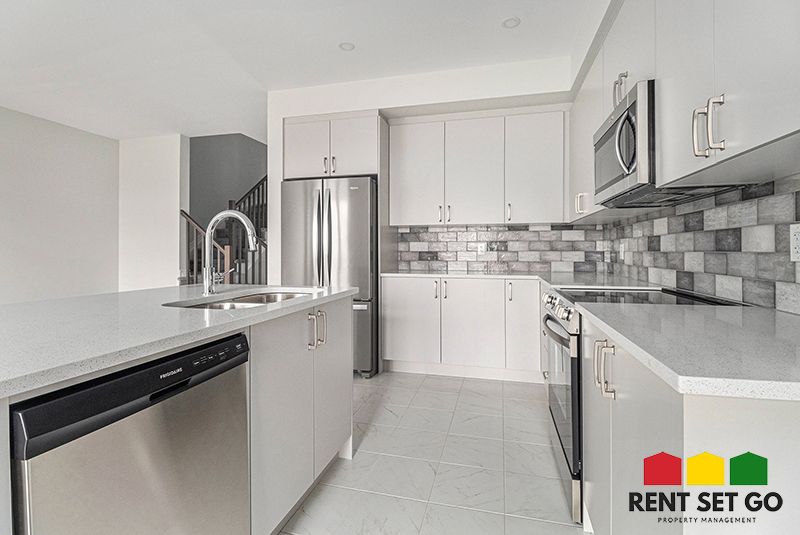
Looking to the future, Canada’s model for multi-generational living could serve as an example for other nations. As more countries grapple with aging populations, rising housing costs, and the need for sustainable living solutions, the Canadian experience highlights the importance of designing homes that can adapt to the changing needs of families while also respecting cultural traditions and promoting environmental stewardship.
The Future of Multi-Generational Living in Canada
As Canada continues to evolve as a diverse and dynamic society, the trend of multi-generational living is poised to play an increasingly important role in shaping the nation’s housing landscape. Driven by a combination of cultural values, economic necessity, and progressive policies, multi-generational homes offer a viable solution to many of the challenges facing Canadian families today.
The unique approach taken by Canadian architects, developers, and policymakers has resulted in homes that not only accommodate multiple generations under one roof but also promote sustainability, flexibility, and privacy. These homes are designed with the future in mind, capable of adapting to the changing needs of families while maintaining a high standard of living for all occupants.
Moreover, the support from government initiatives and community organizations ensures that multi-generational living remains accessible to a broad spectrum of Canadian families. This holistic approach, which integrates cultural understanding, economic practicality, and innovative design, positions Canada as a leader in the global movement towards multi-generational housing.
As the world faces similar challenges of aging populations, housing affordability, and the need for sustainable living practices, Canada’s model for multi-generational homes offers valuable lessons. By prioritizing the well-being of families and the environment, Canada is setting a standard that other nations may look to as they seek to balance tradition with modernity in their housing strategies.
In conclusion, the rise of multi-generational homes in Canada is not just a trend but a reflection of the country’s commitment to family, community, and sustainability. As more families embrace this way of living, multi-generational homes are likely to become a cornerstone of Canadian housing, offering a blueprint for the future of family living around the world.
